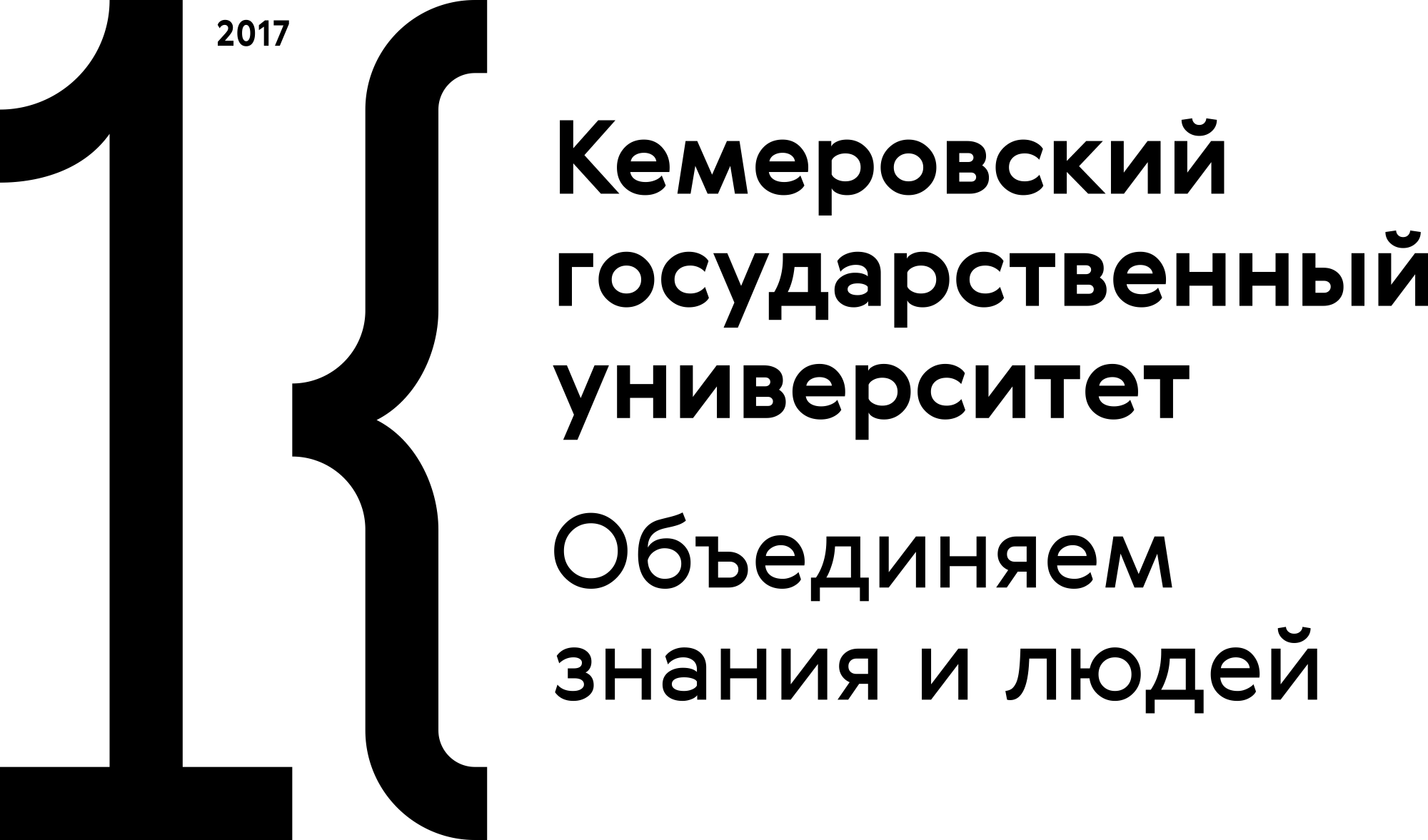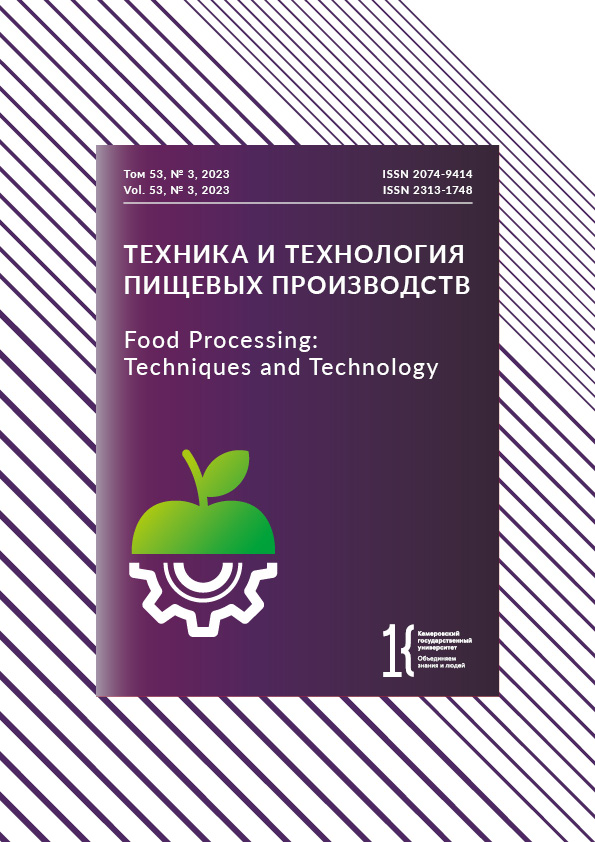Voronezh, Russian Federation
Voronezh, Russian Federation
Moscow, Russian Federation
Voronezh, Russian Federation
Voronezh, Russian Federation
Voronezh, Russian Federation
Voronezh, Russian Federation
Confectionary products must retain their freshness during the entire shelf-life period, and this quality should be considered at the stage of formulation design. As a result, moisture binding capacity of food products is an important research area. This research featured the average integral moisture binding capacity of sugar-containing materials to be used in confectionery products. The research featured two groups of products. The first included thick syrups of sugar, molasse, glucose, fructose, glucose+fructose, and isomalt with a moisture content of 17.2-19.8%. The second included starch hydrolysates, i.e., various starch molasses and glucose+fructose syrup with a humidity of 17.0-22.4%. To assess the water binding capacity, the authors appealed to the method developed by Prof. V.M. Arapov. A higher total relative equivalent of free water ω_total (U_1,U_2 ) increased the water retention capacity. A lower value of ω_total (U_1,U_2 ) correlated with a higher water activity Aw. In sugar syrup, Aw was 0.830 at ω_total (U_1,U_2 )=13; in sugar+molasse syrup, Aw was 0.701 at ω_total (U_1,U_2 ) =14.5; in low-sugar molasse, Aw was 0.745 at ω_total (U_1,U_2 )=16.5; in caramel acid molasse, Aw equaled 0.727 at ω_total (U_1,U_2 )=27.5; in isomalt syrup, Aw was 0.623 at ω_total (U_1,U_2 )=44.5; in high-sugar molasse, Aw was 0.680 at ω_total (U_1,U_2 )=46; in glucose syrup, Aw reached 0.548 at ω_total (U_1,U_2 )=48.5; in glucose+fructose syrup, Aw was 0.583 at ω_total (U_1,U_2 )=53; in fructose syrup, Aw was 0.499 at ω_total (U_1,U_2 )=61.5. The values of ω_total (U_1,U_2 ) of fructose syrup were 4.7...1.2 times higher than in other products. Prof. V.M. Arapov’s method rendered both qualitative and quantitative analysis of moisture in a food product. Sugar, sugar+molasse, and low-sugar molasse syrups with ω_total (U_1,U_2 ) as low as 16.5…13 had the best results in protecting confectionery products from water absorption. Fructose, glucose+fructose, glucose, and high-sugar molasse syrups with the value of ω_total (U_1,U_2 ) as high as 61.5…46 could prolong the shelf-life of the finished product. The method demonstrated a good industrial and commercial potential.
Sugar, starch molasse, moisture binding capacity, water activity, confectionery production
1. Kondratiev NB, Rudenko OS, Osipov MV, Bazhenova AE. Forecasting the shelf life of confectionery products under accelerated storage conditions: scoping review. Storage and processing of agricultural raw materials. Storage and Processing of Farm Products. 2022;4:22–39. (In Russ.). https://doi.org/10.36107/spfp.2022.354; https://elibrary.ru/VBCFQB
2. Kondratiev NB, Osipov MV, Petrova NA. Management of fat and moisture migration processes during confectionery storage. Food Products Commodity Expert. 2022;5:352–354. (In Russ.). https://doi.org/10.33920/igt-01-2205-17; https://elibrary.ru/DEEICV
3. Plotnikova IV, Zharkova IM, Roslyakov YuF, Fetisova ES. Study of the possibility of application of the indicator water activity for assessing the quality of caramel News of higher educational institutions. Izvestiya vuzov. Food Technology. 2023;1(391):89–93. (In Russ.). https://doi.org/10.26297/0579-3009.2023.1.14; https://elibrary.ru/VWXFWX
4. Schab D, Zahn S, Rohm H. Development of a Caramel-Based Viscoelastic Reference Material for Cutting Tests at Different Rates. Materials (Basel). 2021;14(14):3798. https://doi.org/10.3390/ma14143798
5. Soldatova EA, Misteneva SIu, Savenkova TV. Conditions and criteria for ensuring the storage ability of confectionery. Food Industry. 2019;5:82–85. (In Russ.). https://doi.org/10.24411/0235-2486-2019-10078
6. Dorohovich A, Dorohovich V, Kambulova Ju. The effect of mono- and disaccharides on structural-mechanical properties of pectin gels. Eastern-European Journal of Enterprise Technologies. 2016;5(11(83)):16–24. https://doi.org/10.15587/1729-4061.2016.81347
7. Rubio-Arraez S, Benavent C, Ortolá M, Castelló ML. Influence of low glycaemic index sweeteners on antioxidant, sensory, mechanical, and physicochemical properties of a watermelon jelly. Journal of Food Quality. 2018;2018(1):8412017. https://doi.org/10.1155/2018/8412017
8. Belokurova ES, Pankina IA, Sevastianova AD, Asfondiarova IV, Katkova NM. The effect of functional additives on the indicator “water activity” of biscuit semi-finished products. IOP Conference Series: Earth and Environmental Science. 2021;2(640). https://doi.org/10.1088/1755-1315/640/2/022022
9. Barbosa-Cánovas GV, Fontana AJ, Schmidt SJ, Labuza TP. Water Activity in Foods: Fundamentals and applications. 2020. 616 p.
10. Plotnikova IV, Zharkova IM, Magomedov GO, Magomedov MG, Khvostov AA, Miroshnichenko EN. Forecasting and quality control of confectionery products with the use of “water activity” indicator. IOP Conference Series: Earth and Environmental Science. 2021;640(6):062003. https://doi.org/10.1088/1755-1315/640/6/062003
11. Plotnikova IV, Magomedov GO, Kazartsev DA, Magomedov MG, Polansky KK, Plotnikov VE. Differential thermal analysis of moisture binding in zephyr with different contents of glucose syrup. Foods and Raw Materials. 2024;12(2):207–219. https://doi.org/10.21603/2308-4057-2024-2-600
12. Caballero-Cerón C, Guerrero-Beltrán JA, Mújica-Paz H, Torres JA, Welti-Chanes J. Moisture Sorption Isotherms of Foods: Experimental Methodology, Mathematical Analysis, and Practical Applications. In: Gutiérrez-López GF, Alamilla-Beltrán L, del Pilar Buera M, Welti-Chanes J, Parada-Arias E, Barbosa-Cánovas GV, editors. Water Stress in Biological, Chemical, Pharmaceutical and Food Systems. New York: Springer; 2015. pp. 187–214. https://doi.org/10.1007/978-1-4939-2578-0_15
13. Plotnikova IV, Magomedov GO, Zharkova IM, Miroshnichenko EN, Plotnikov VE. Jelly formulated with different carbohydrate profiles: quality evaluation. Foods and Raw Materials. 2022;10(2):262–273. https://doi.org/10.21603/2308-4057-2022-2-535
14. Danilchenko AS, Siyukhov KhR, Korotkova TG, Siyukhova BB. Determination of the content of free and attached moisture in spent grain. New technologies. 2020;15(4):41–52. (In Russ.). https://doi.org/10.47370/2072-0920-2020-15-4-41-52; https://elibrary.ru/HHDKTD
15. Ketel EC, de Wijk RA, de Graaf C, Stieger M. Effect of cross-cultural differences on thickness, firmness and sweetness sensitivity. Food Research International. 2020;152:109890. https://doi.org/10.1016/j.foodres.2020.109890
16. Nirav S. Thermal Methods of Analysis. Mod Appl Pharm Pharmacol. MAPP.000509. 2017;1(2):1–8. https://doi.org/10.31031/MAPP.2017.01.000509
17. Korotkov EG, Ponomarev AN, Melnikova EI, Kuznetsova IV, Stanislavskaya EB. Study of the moisture links forms in curds with whey proteins microparticulate. Dairy industry. 2016;(8):31–33. (In Russ.). https://www.elibrary.ru/WFGGLJ
18. Rodionova NS, Popov ES, Matveev DI, Pevtsova ES, Sokolova AV, Diakov AA. Vegetable biocorrectors influence on the moisture state in functional purpose flour products. Proceedings of the Voronezh State University of Engineering Technologies. 2019;81(1):190–195. (In Russ.). https://doi.org/10.20914/2310-1202-2019-1-190-195; https://elibrary.ru/UPMGAP
19. Rodionova NS, Popov ES, Klimova EA, D'yakov AA. The influence of natural biocorrectors on the forms of communication of moisture and storage of confectionery with honey. Food Industry. 2019;(11):16–19. (In Russ.). https://doi.org/10.24411/0235-2486-2019-10170; https://elibrary.ru/YCUACV
20. Rodionova NS, Razinkova TA, Popov ES, Polyansky KK, Rodionova NA, Zarubina KYu, et al. Exopolysaccharide activity of probiotic microorganisms under different fermentation conditions. Dairy industry. 2020;4:28–30. (In Russ.). https://doi.org/10.31515/1019-8946-2020-04-28-30; https://elibrary.ru/ORYXJJ
21. Pozhidaeva EA, Popov ES, Ilyushina AV, Bolotova NV, Ivanova EV. Study of the forms of moisture binding in curd products by differential scanning calorimetry and thermogravimetry. Food Industry. 2018;(11):73–77. (In Russ.). https://elibrary.ru/YQIENF
22. Brown ME. Differential thermal analysis (DTA) and differential scanning calorimetry (DSC). In: Brown ME, editor. Introduction to Thermal Analysis. Dordrecht: Springer; 1988. pp. 23–49. https://doi.org/10.1007/978-94-009-1219-9_4
23. Kazantseva IL. Research of forms of a moisture communication in the raw materials and the finished confectionery by thermal analysis method. Storage and Processing of Farm Products. 2015;(7):36–40. (In Russ.). https://elibrary.ru/UNXXSH
24. Rodionova NS, Popov ES, Rodionov AA, Razinkova TA. Assessment of the exopolysaccharide activity of probiotic consortia using differential thermal analysis. Proceedings of Universities. Applied Chemistry and Biotechnology. 2018;8(4):95–105. (In Russ.). https://doi.org/10.21285/2227-2925-2018-8-4-95-105; https://elibrary.ru/VQTQFC
25. Kaminskii VA, Epshtein SA, Shirochin DL, Timashev SF. The determination of kinetic parameters for the decomposition of complex substances from thermogravimetry data. Russian Journal Of Physical Chemistry A. 2011;85(4):637–643. (In Russ.). https://elibrary.ru/NSYNHJ
26. Shakhov SV, Saranov IA, Sadibaev AK, Malibekov AA, Litvinov EV, Gruzdov PV. The research of moisture forms in the rape by the thermogravimetric analysis method. Proceedings of the Voronezh State University of Engineering Technologies. 2019;81(1):27–31. (In Russ.). https://doi.org/10.20914/2310-1202-2019-1-27-31; https://elibrary.ru/GDDUJA
27. Antipov ST, Emelyanov AB, Baturina EV, Kazartsev DA, Babenko DS, Posnova GV. Application of drying acceleration to study the forms of moisture bond in currant fruits. Proceedings of the Voronezh State University of Engineering Technologies. 2023;85(1):17–23. https://doi.org/10.20914/2310-1202-2023-1-17-23; https://elibrary.ru/CNBVUG
28. Antipov ST, Kazartsev DA, Davydov AM, Emelyanov AB. Study of the forms of moisture bond in coriander seeds based on analysis of drying kinetics. Proceedings of the Voronezh State University of Engineering Technologies. 2020;82(3):24–31. (In Russ.). https://doi.org/10.20914/2310-1202-2020-3-24-31; https://elibrary.ru/HPKRJQ
29. Arapov VM, Kazartsev DA, Arapov MV. Procedure establishing strength of bonding between moisture and substance. Russia patent RU 2230311C1. №2003103805/28. 2004.
30. Kuzmina EI, Egorova OS, Akbulatova DR, Sviridov DA, Ganin MYu, Shilkin AA. New types of sugar-containing raw materials for food production. Food systems. 2022;5(2):145–156. (In Russ.). https://doi.org/10.21323/2618-9771-2022-5-2-145-156; https://elibrary.ru/JLQULI
31. Saiko DS, Titov SA, Saranov IA, Andreev DG, Lobacheva NN. Moisture Transfer During its Evapo-ration from Sugar Solutions. Eurasian Journal of Chemistry. 2023;109(1):41–50. https://doi.org/10.31489/2959-0663/1-23-4
32. Papakhin AA, Lukin ND, Ananskikh VV, Borodina ZM. Modern trends in starch hydrolysis technology. Achievements of science and technology in agro-industrial complex. 2020;34(12):84–89. (In Russ.). https://doi.org/10.24411/0235-2451-2020-11214 ; https://elibrary.ru/RBZPME
33. Arapov VM, Akenchenko MA, Kazartsev DA, Plotnikova IV, Polianskii KK. Method for the average integral assessment of the bond strength of moisture in a substance in any given range of moisture contents. Russia patent RU 2758198C1. 2021.
34. Cherepanov IS, Krasnoperova OS. To the problem of quantitative estimation of carbohydrate caramelization product’s structure using infrared-fourier transform spectroscopy. Technology and the study of merchandise of innovative food suffs. 2019;(3):3–8. (In Russ.). https://elibrary.ru/XNPFDN
35. Kondratev NB, Fedorko KV, Krylova EN, Pesterev MA, Osipov MV. Gingerbread with fruit filling: preservation factor assessment. Food Processing: Techniques and Technology. 2019;49(3):397–405. (In Russ.). https://doi.org/10.21603/2074-9414-2019-3-397-405; https://elibrary.ru/ATZYRT












